Vertical vs. Horizontal Wall Paneling: Which Layout Works Best
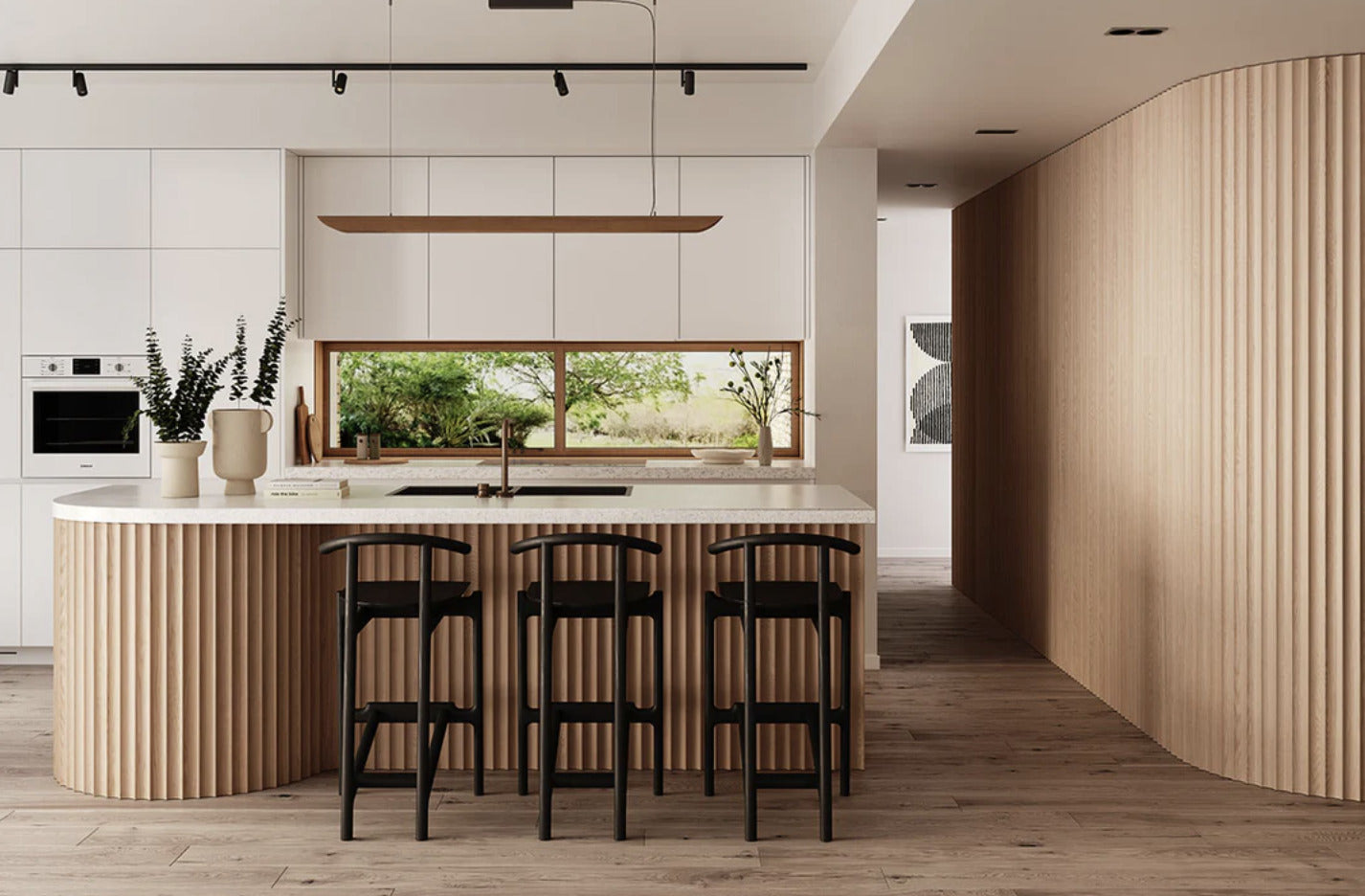
Wall paneling does more than change how a room looks, it affects how it functions too. The orientation you choose, whether vertical or horizontal, can influence everything from how easy the surface is to clean to how large a room feels.
And if you're planning to use v-groove, fluted, or wood slat panels, layout matters even more.
In this guide, we’ll break down how vertical and horizontal paneling stack up when it comes to cleaning, visual style, installation, and how they interact with furniture and room layout.
Cleaning Difficulty and Frequency
Horizontal Paneling: More Dust Buildup
Horizontal grooves tend to collect more dust because they create ledges that run across the wall. Over time, this can become noticeable, especially with panels that have a lot of texture like fluted MDF or horizontal wood slats.
If you’re installing panels in a room that gets a lot of foot traffic or airflow, expect to clean them more often. They're better suited for quieter spaces like guest rooms or formal living areas, where visual appeal matters more than ease of upkeep.
Vertical Paneling: Easier to Maintain
Vertical panels don’t trap dust in the same way. Since the grooves run up and down, there’s less surface area for dust to settle. That makes vertical layouts easier to wipe down and maintain over time.
If you’re working on a high-traffic area like a hallway, entryway, or kitchen, vertical paneling is probably the lower-maintenance option.
Aesthetics
Horizontal: Relaxed and Wider Feel
Horizontal paneling naturally draws the eye across the room, making spaces feel wider and more open. It works well in living rooms and bedrooms where you want a calm, grounded look. You’ll often see this layout in Scandinavian, coastal, and midcentury spaces.
It also pairs nicely with furniture that has a strong horizontal presence, like long sofas, TV consoles, or beds.
Vertical: Taller and More Structured
If you want to make a space feel taller or more formal, go vertical. It leads the eye upward and creates a sense of height, even in rooms with lower ceilings. It fits well with modern, Japandi, or traditional styles and is especially popular behind fireplaces, headboards, or as accent walls in entryways.
The look feels clean and sharp, and it’s great for areas where you want a bit more visual impact.
Installation Considerations
Horizontal: Takes Longer to Align
Installing horizontal panels requires careful leveling, especially if you’re working across a long wall. Each piece needs to be perfectly straight, or small misalignments can become obvious quickly. The process is slower, but the result can look seamless when done right.
On the plus side, it’s often easier to attach horizontal panels to wall studs, since many studs run vertically and line up naturally.
Vertical: Quicker But Needs Planning
Vertical panels are usually faster to install because you can align them top-down. However, they don’t always line up with studs, which can complicate things. You might need to add extra backing or use strong adhesive, especially for narrow slats or thinner materials.
Panels like paintable MDF or v-groove boards often come pre-sized for vertical use, which helps make the process smoother.
Furniture and Layout Considerations
Horizontal Panels: Works with Most Layouts
If your room has lots of low or wide furniture, like beds, benches, or entertainment units, horizontal panels will complement those shapes. They help ground the space and keep everything feeling cohesive.
This layout is especially helpful in rooms where most of the visual weight moves from side to side.
Vertical Panels: Adds Height and Drama
Vertical paneling plays well with tall design features like built-in shelving, long curtains, or floor-to-ceiling windows. It makes the room feel more structured and intentional, and it’s ideal when you want to draw the eye up or highlight a central feature like a fireplace.
It’s also a smart choice in formal spaces where you want a more dressed-up, tailored appearance.
Line Clashes: Avoiding Visual Noise
When choosing a layout, don’t forget to look at everything else in the room. Mixing vertical paneling with vertical furniture (like tall bookshelves or cabinetry) can create a busy or cluttered look. Too many lines going the same direction can compete with each other.
To avoid visual overload, think about how lines flow together. If you’re mixing orientations, say, vertical paneling with horizontal shelves, make sure the layout is intentional and not fighting for attention.
5 Smart Ways to Hide Wall Cracks or Damage
1. Vertical Wood Slat Panels
These not only hide imperfections but also upgrade your space instantly. They’re great for walls with long cracks or uneven surfaces.
2. Peel-and-Stick Wallpaper
Easy to apply and renter-friendly, wallpaper covers flaws and gives your space a quick facelift. Matte finishes work best on camera.
3. Paintable MDF Panels
Great for large areas that need covering and repainting. Once installed, you can customize them to match any theme or style.
4. Oversized Canvas or Fabric Art
Hang a large canvas print or tapestry over damaged spots. This works especially well in creative spaces or behind content setups.
5. Floating Shelves
Install shelves over cracks or worn-out sections. Not only do they cover the issue, but they also give you space to style with plants, books, or decor.
Conclusion
The direction you choose for your wall panels, vertical or horizontal, can impact everything from cleaning habits to how your space feels and functions.
If you’re aiming for a taller, low-maintenance, modern look, vertical paneling is your best bet. It’s easier to clean and helps stretch the space visually. On the other hand, if you want a more relaxed, grounded feel that works with horizontal furniture, go for horizontal paneling even if it takes a bit more time to install and clean.
Whether you’re working with v-groove, fluted, wood slats, or paintable panels, the key is to match the layout to your space’s needs and your own design style.
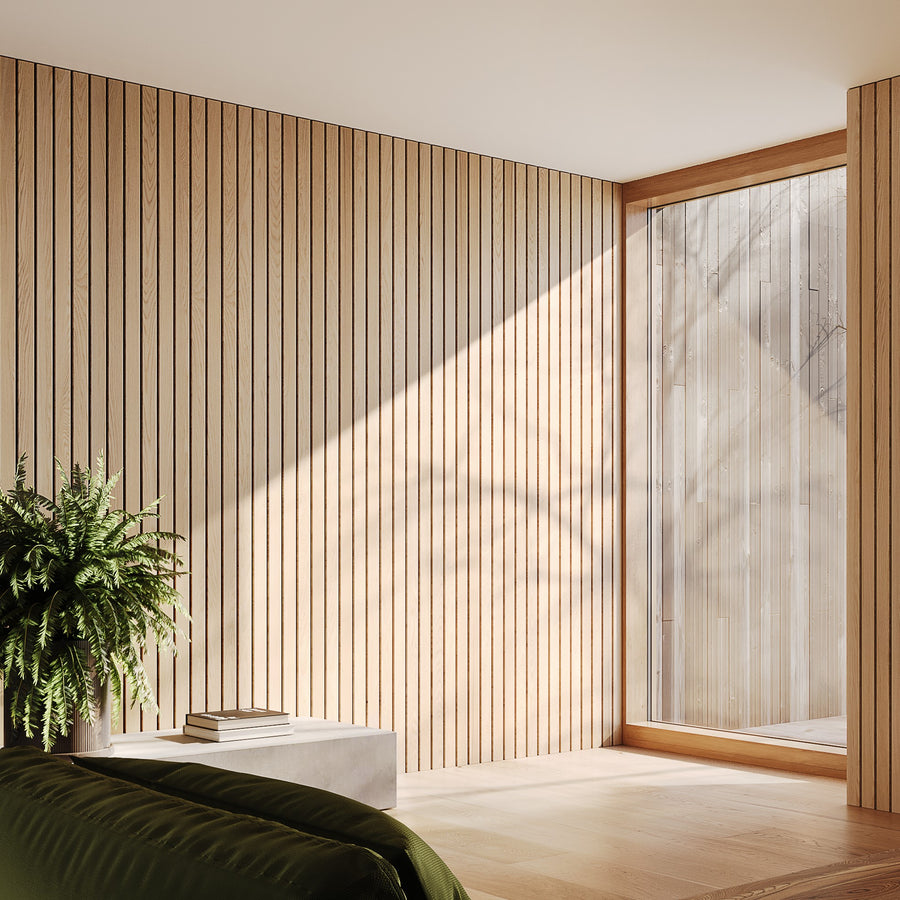
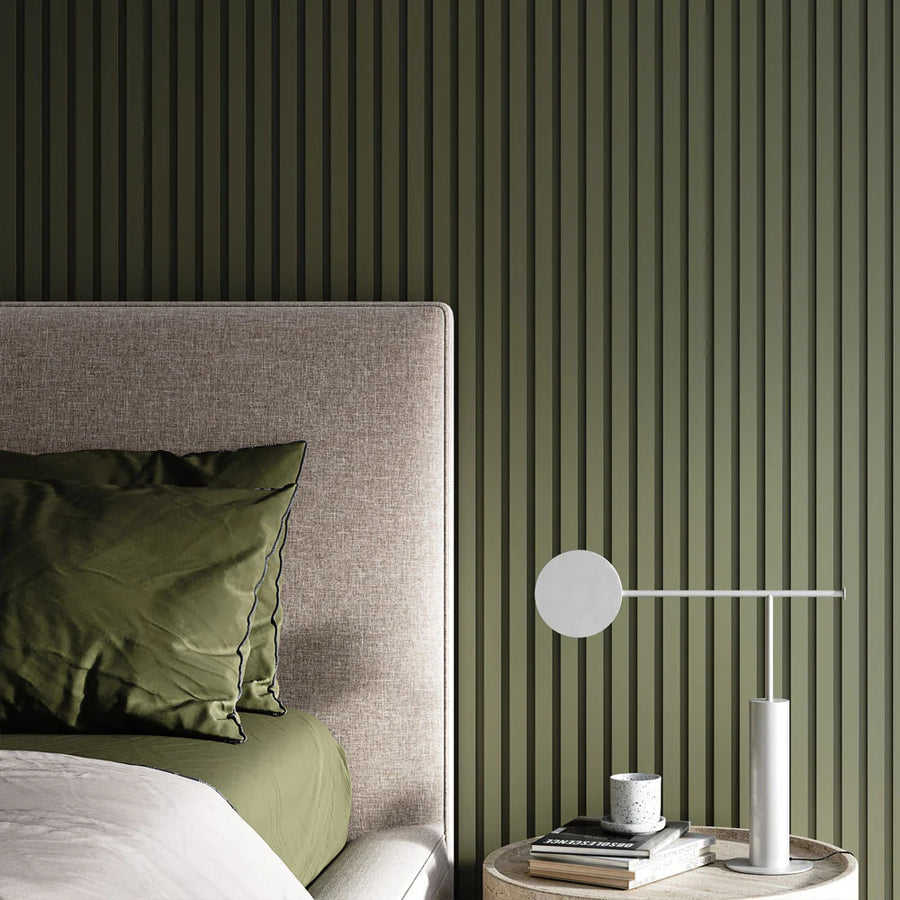
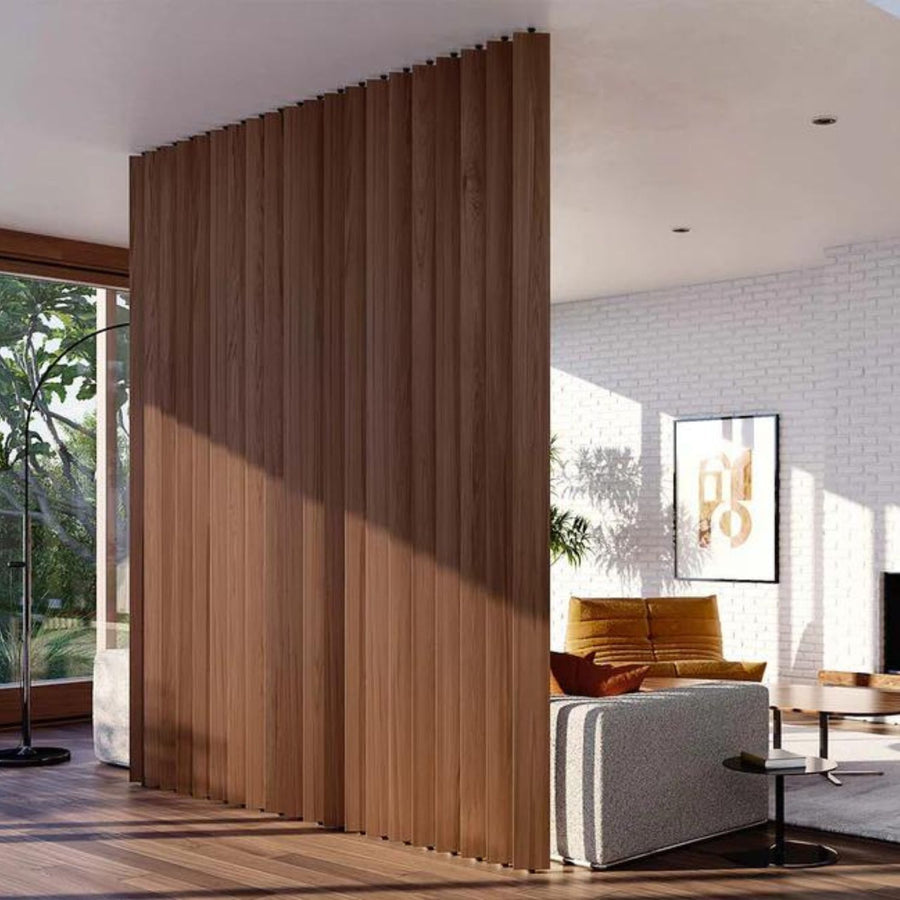
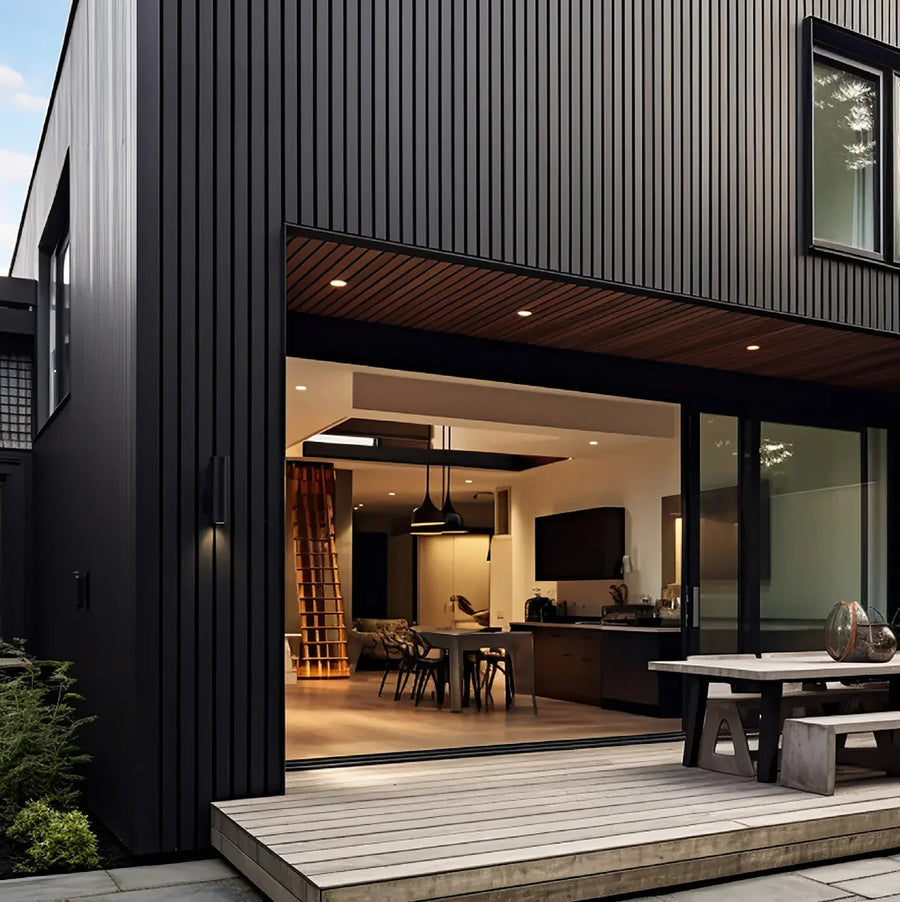
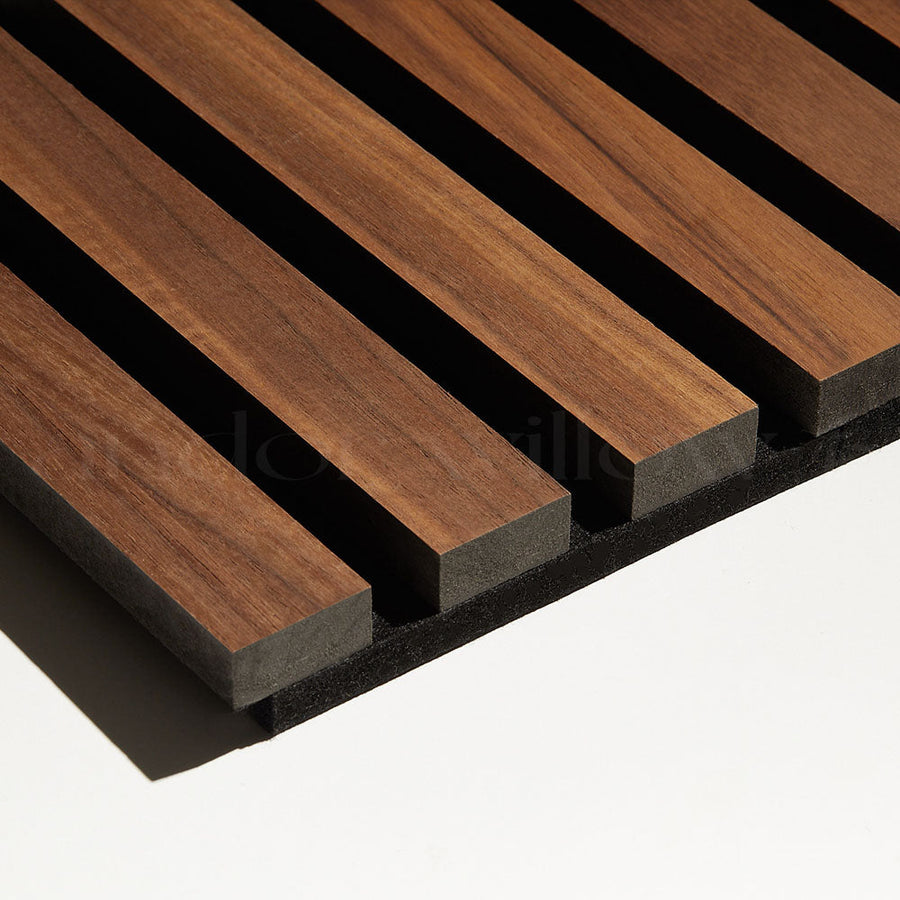
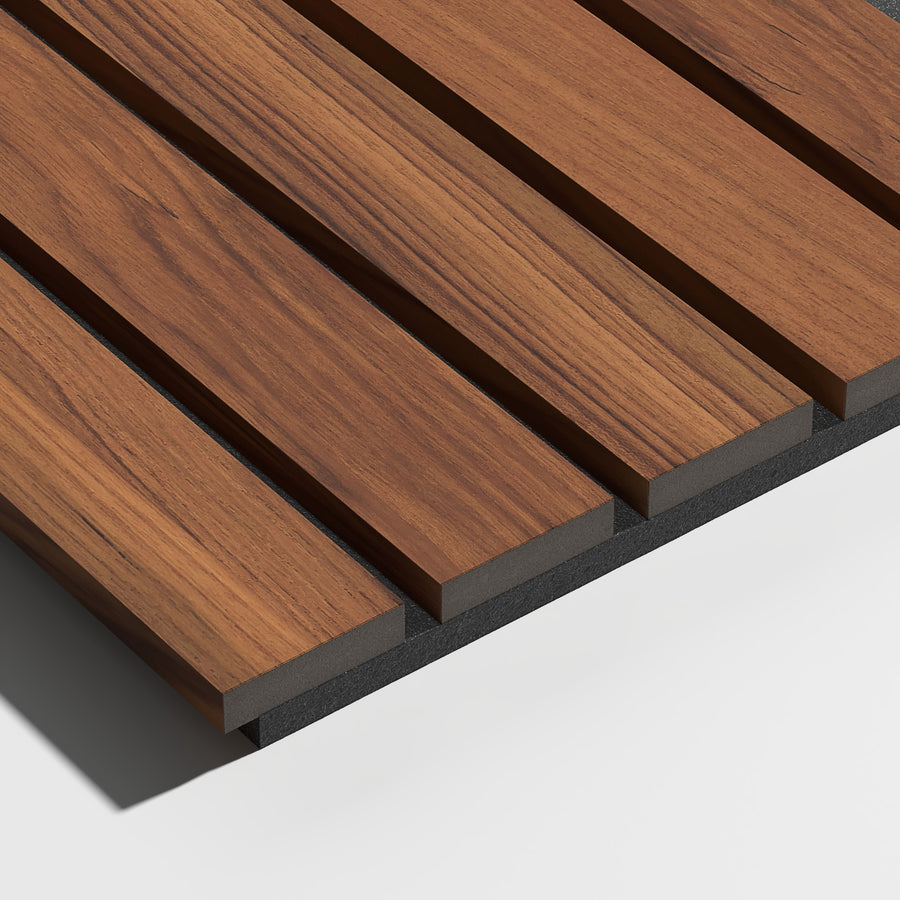


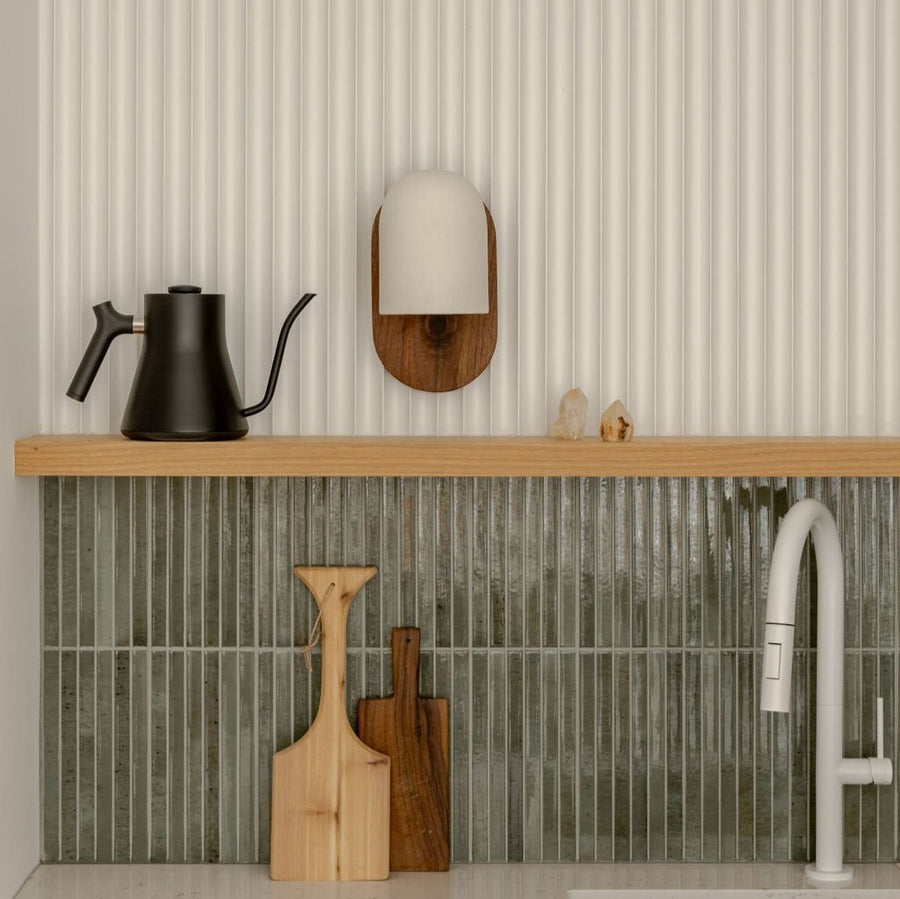
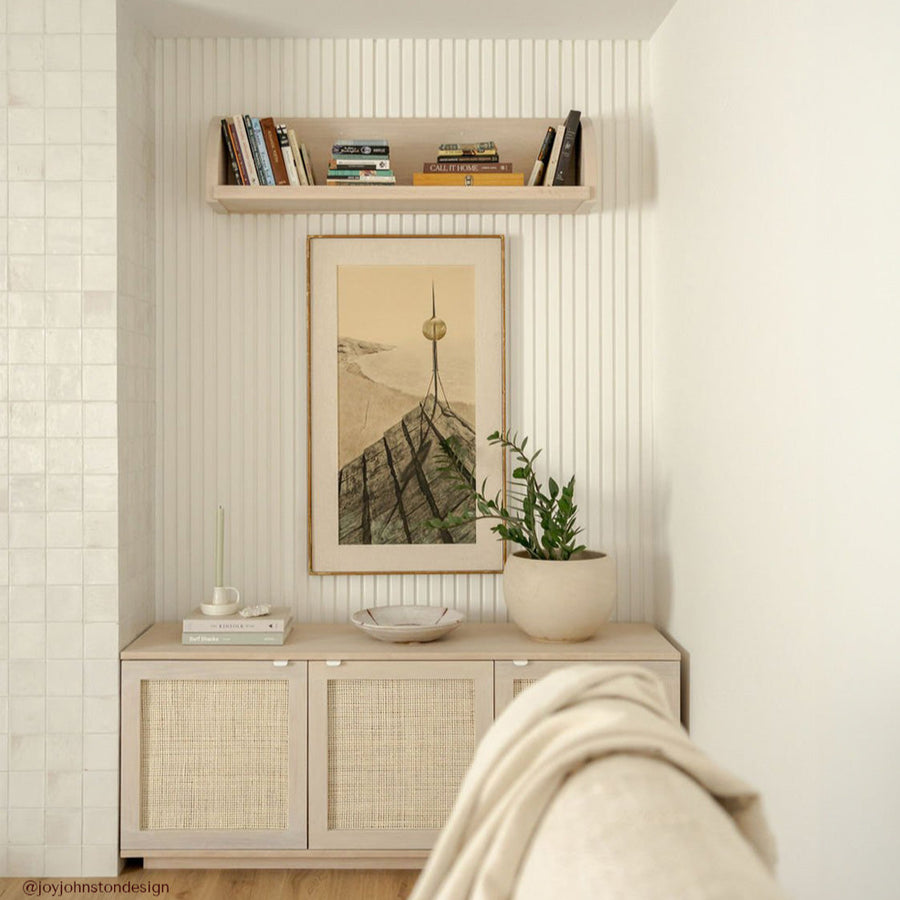
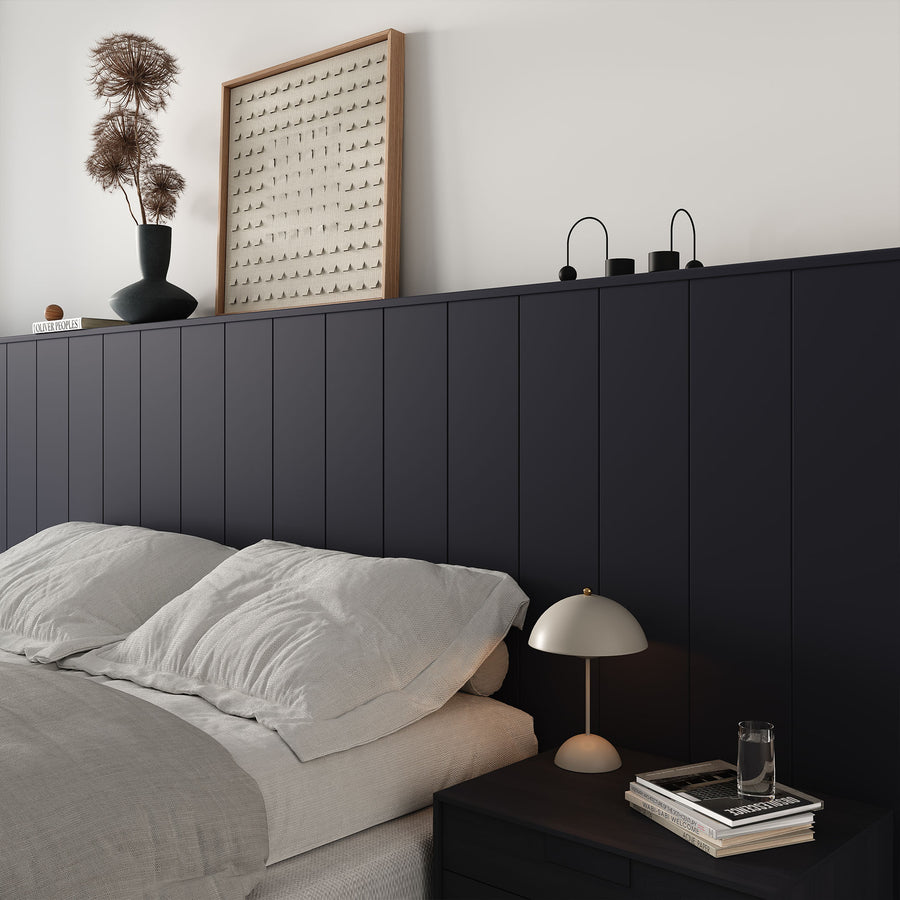
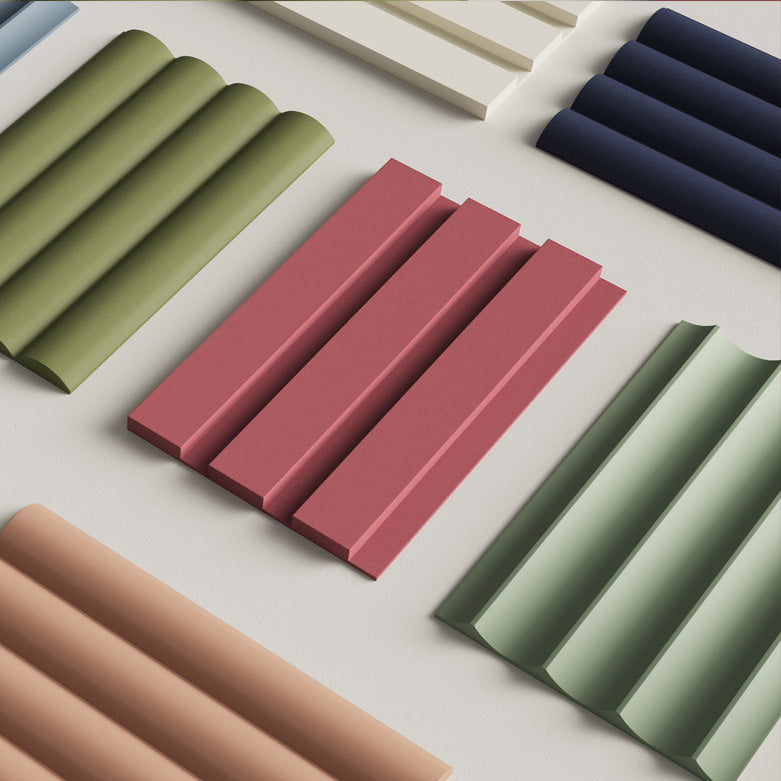







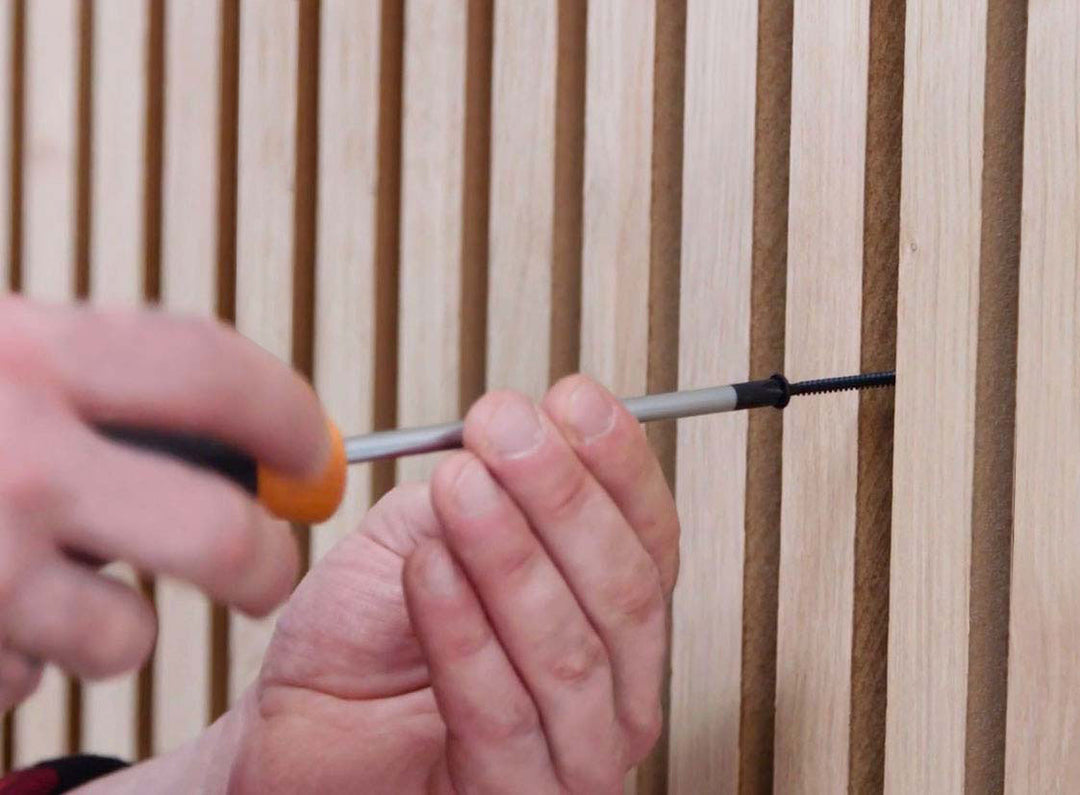

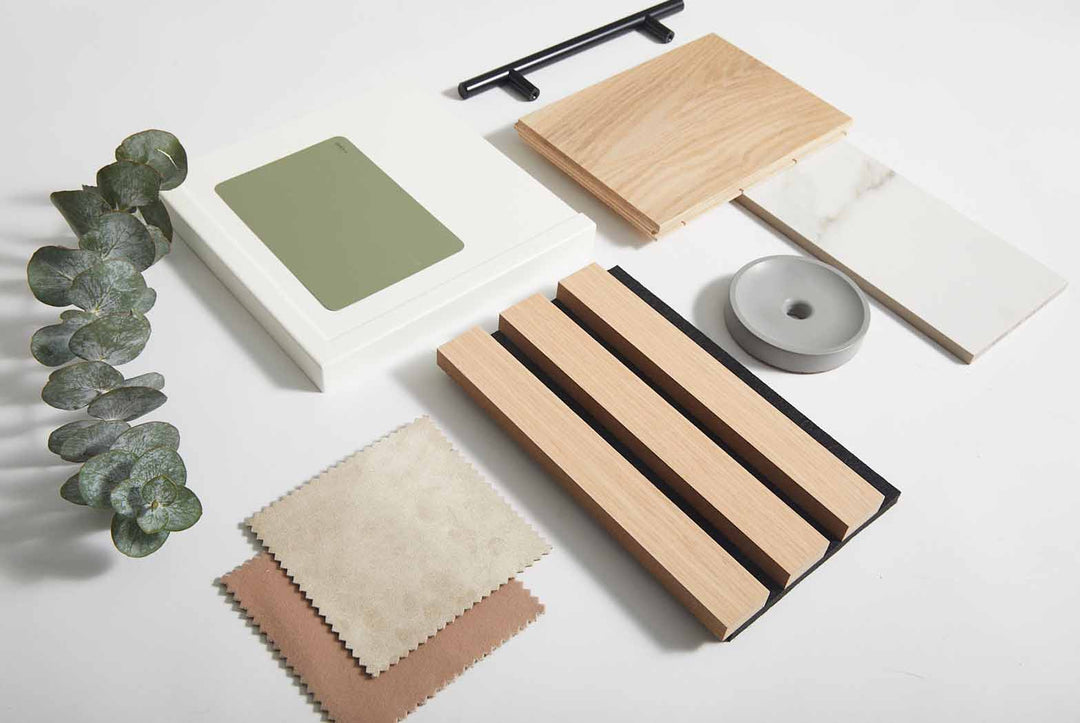












Leave a comment